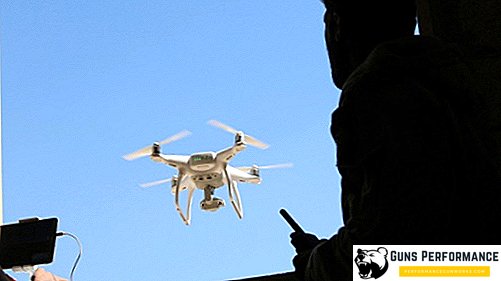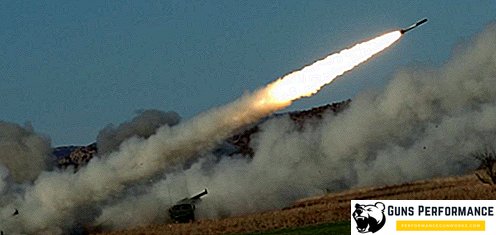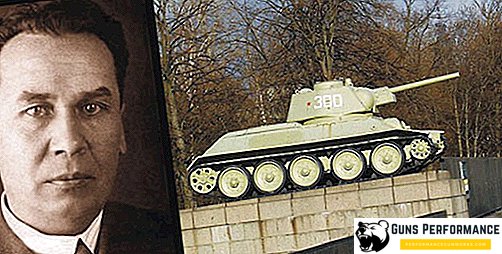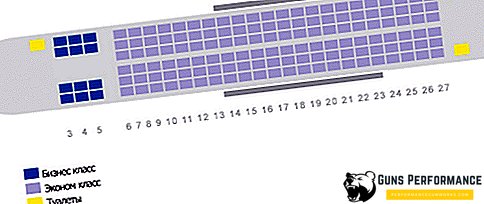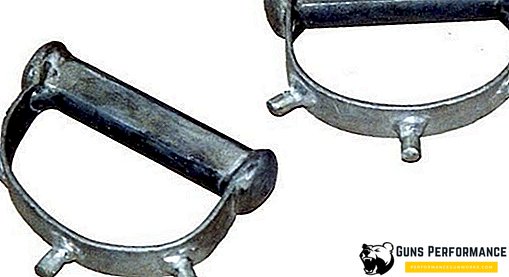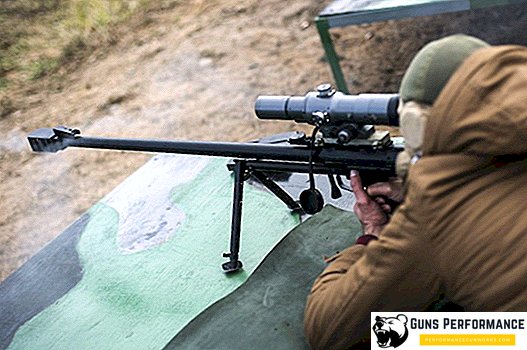The Boeing 717 (or McDonnell Douglas MD-90) is a short-haul passenger aircraft, originally developed by McDonnell Douglas, and then produced by Boeing in 1998-2006.
Overview of the layout of the best seats in the cabin
The number of passenger seats in the cabin of the Boeing 717 ranges from 106 (with a two-class layout) to 124 (with a single-class layout of the passenger compartment).
The business class cabin is usually located in the front of the passenger cabin of the Boeing 717 and is represented (as shown in the diagram) by places located in rows 1, 2 and 3. In total, the business class cabin has 12 seats . This class of Boeing 717 liner has softer seats, the distance between which is large enough for the legs and a comfortable rest. Also, business class passengers are offered a more extensive menu (compared to economy class).
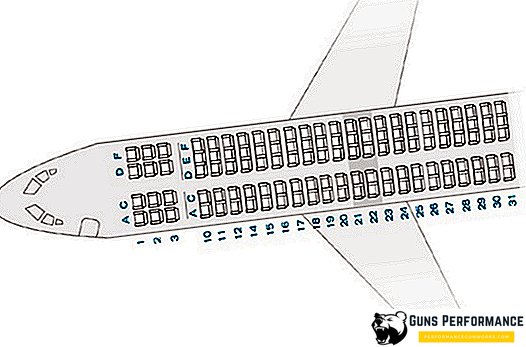
The most successful for a business class aircraft Boeing 717 can be called a place, located in the second row. This is especially true of chairs that are located near the windows, because there is a beautiful view from here. The convenience of these places is also explained by the fact that they have a location in the middle of the cabin, being relatively far from the toilet and the partition between the business and economy class.
The most uncomfortable in the cabin business class Boeing 717 are the first row seats. Their inconvenience is mainly due to the fact that they are located directly next to the toilet, and all the inconveniences associated with this one way or another affect the passengers sitting here. A little better than the third-row space, but for them there is an inconvenience in the form of a partition separating the quieter business-class lounge from the noisy economy class. This means that the sounds from the economy class will be clearly audible to passengers in the seats of this range, and, therefore, you can simply forget about a quiet rest. Therefore, when booking tickets for a business class, you need to remember the features of its seats.
Economy class aircraft Boeing 717 is represented by 22 rows of passenger seats, which are numbered from 10 to 31. The central passage is somewhat narrow, and the seats are arranged according to the "3-2" scheme. Armchairs in economy class Bing 717 are very soft, comfortable, and their backs are able to deviate at an angle of up to 45 degrees (depending on the model of the aircraft) for a more comfortable rest.
The best places for this class are those located in the tenth row (according to the diagram). There are no other places in front of them, and therefore no one will fold the back of the chair here, limiting the leg room of the tenth row passengers. The choice of dishes and drinks in the menu for passengers of this range is the widest, which is also an important advantage.
The least comfortable in the cabin economy class aircraft Boeing 717 are located in the rear (or 31, as indicated in the diagram) row. Everything is explained by the close proximity of the toilet rooms to them, which cannot contribute to a calm and full rest during the flight of the passengers sitting here.

History of the Boeing 717
In the early 90s of the 20th century, McDonnell Douglas developed a medium-haul passenger aircraft, called the MD-90, which, according to the developers, was supposed to be a serious competitor to the Boeing and Airbus aircraft. However, the airline was greeted by the airlines relatively cool, in connection with which the development of a new McDonnell Douglas MD-95 model began, which had a shorter body and less passenger capacity, but more economical.
After the merger of Boeing and McDonnell Douglas, the still-created airliner was named Boeing 717. The first flight of the car took place in the fall of 1998, and its commercial operation began in 1999.
However, the Boeing 717, like the McDonnell Douglas MD-90, outright lost to other Boeing and Airbus airplanes in the competition. That is why, after 156 completed orders for the supply of the liner, its mass production was stopped. Commercial operation of the aircraft Boeing 717 continues to date.

Overview and Features
The Boeing 717 is a nizlane with a T-shaped single-fin tail. The power plant of the liner is represented by two turbofan engines located in the tail section.
Boeing 717 flight performance:
- Dimensions:
- wing span, m - 28.4;
- the length of the aircraft, m - 37.81;
- height, m - 8.92;
- wing area, m² - 92.9;
- wing sweep angle - 24 °;
- maximum width of the fuselage, m - 3.3;
- Number of places:
- crew - 2;
- passengers in the cabin of two classes - 106;
- in economy class - 98;
- maximum - 124;
- Passenger cabin dimensions:
- width, m - 3.1;
- height, m - 2.1;
- take-off weight, t - 51.71;
- empty weight, t - 31.68;
- the mass of the aircraft without fuel, tons - 43.5;
- payload, t - 12.2;
- landing weight, t - 46.2;
- fuel reserve, t - 13890;
- Speed:
- cruising speed, km / h - 810;
- maximum speed, km / h - 930;
- flight distance with maximum fuel capacity, km - 3820;
- Engines (× 2):
- BMW / Rolls Royce BR715 (2x8400 kgf).

Conclusion
Boeing 717 is not a very good aircraft of the corporation Boeing. Hotz its characteristics are quite good for an aircraft of this class, but the development period and the first years of serial production of the liner coincided with the unification of Boeing and McDonnell Douglas companies, as well as with the appearance of other more advanced and economically operational aircraft on the air transportation market.


